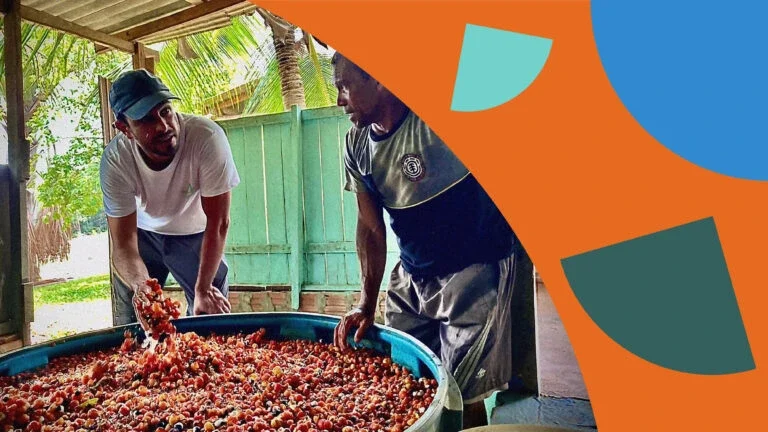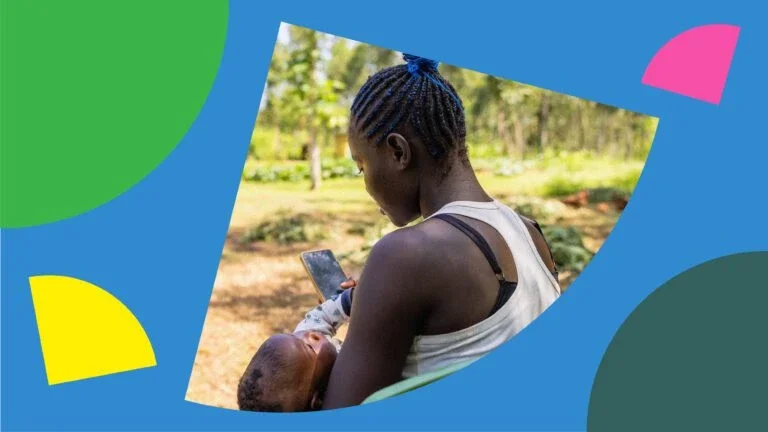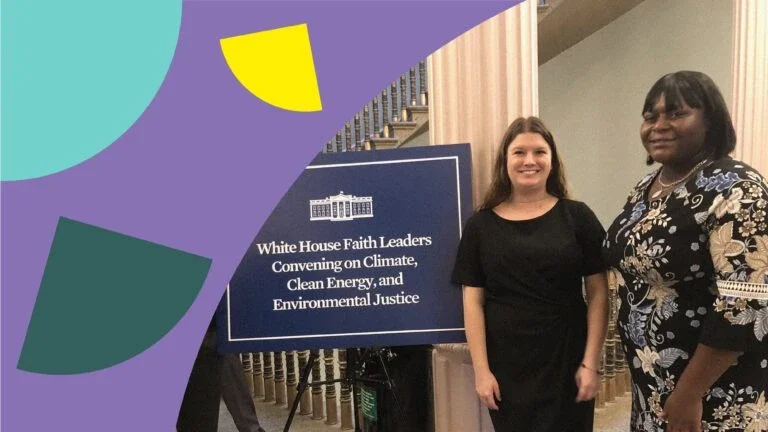Ten years ago, Hurricane Katrina was unprecedented in its destruction — awakening cities around the globe to a new reality. Today, crisis is the new normal, but not every disruption has to become a disaster.
Not every disruption has to become a disaster.
By building resilience, cities can prepare for the next disruption so that when disruption does happen, cities can choose, as New Orleans did, to grow and transform. Today, entrepreneurs are flocking to New Orleans. The school system is working for more families. City government is filled with innovation, working to solve still pressing challenges including racial inequity, high crime and unemployment.
But, 10 years ago, this progress wasn’t guaranteed. In fact, some questioned if New Orleans should even be rebuilt all. But for us at The Rockefeller Foundation — along with other dedicated philanthropic partners — not rebuilding it was never an option. Rather, the question was how to build in a way that would allow the city to bounce forward — and not fall back into the same destructive routines.

This was a question that would profoundly change the way The Rockefeller Foundation thought about our work with cities. Thanks in part to our work in New Orleans, we learned that by helping cities build resilience on the front-end, they would need less emergency aid on the back end. Lives and property would be spared. They could rebound much faster and more effectively.
Our work with New Orleans was a springboard to more than a half-billion dollars we have invested in the resilience building efforts around the world. It inspired us to create a network to help Asian cities better prepare for climate impacts. It gave us the expertise to help New York rethink its own resilience after Superstorm Sandy. And it was the model for 100 Resilient Cities, now a $164 million commitment to help 100 cities globally build social, economic, and physical resilience.
But we’ve learned some additional lessons from our experiences in New Orleans:
- Resilience is not merely about how well we respond and react; it’s about how well we plan and prepare. Planning must be integrated and it must be inclusive. In 2006, we gave a $3.5 million grant to the Greater New Orleans Foundation and worked with them closely to steer the process of assembling a Unified New Orleans Plan (UNOP). We sought extensive and continuous input from all stakeholders, across more than 70 communities, and it is precisely due to this diversity, participation, and transparency that UNOP passed in January 2007. The Office of Recovery Management, the Downtown Development District, and The New Orleans Redevelopment Authority all used the UNOP as the blueprint for their activities.

- Once a strong plan is in place, a city must be able to attract and retain the human capital necessary to implement those plans. To spark and sustain greater innovation, The Rockefeller Foundation created the CUREx Fellowship through the University of Pennsylvania’s Center for Urban Redevelopment Excellence, which placed mid-career development professionals into organizations working to rebuild New Orleans. Annie Clark Cambria is one of those fellows. Today, Annie is now the Director of Strategic Finance for the Recovery School District, which is rebuilding and upgrading the entire NOLA public school system. She has led the creative financing for these upgrades by tapping into federal historic preservation tax credits worth more than $20 million. This kind of credit has traditionally been off limits to school districts. But through a collaboration between the Recovery School District, the Orleans Parish School Board, the city of New Orleans, and the Industrial Development Board, it was possible to bring those needed resources to the reconstruction, and provides a case study for how that can be accomplished all over the country.

- No matter how well you plan and prepare and build the human capital in your institutions, resilience comes down to the strength of a city’s social bonds. When Hurricane Katrina hit, it revealed decades of racial and class tensions. These wounds do not heal overnight, but because the city has embraced resilience, efforts to build social cohesion to ensure all communities are included in the city’s revitalization have taken center stage. The Mayor’s Welcome Table initiative is creating spaces for city leaders to host honest and open dialogues across the city to engage in real conversations about race and reconciliation. Another project and priority is NOLA for Life, which is tackling the issue of murder head-on through preventative strategies such as connecting youth with meaningful careers and revitalizing neighborhoods.

Ten years ago, the city was on its knees. Today, it’s soaring, providing a model for cities all over the world — and institutions like ours—on what resilience truly means.




Leave a comment